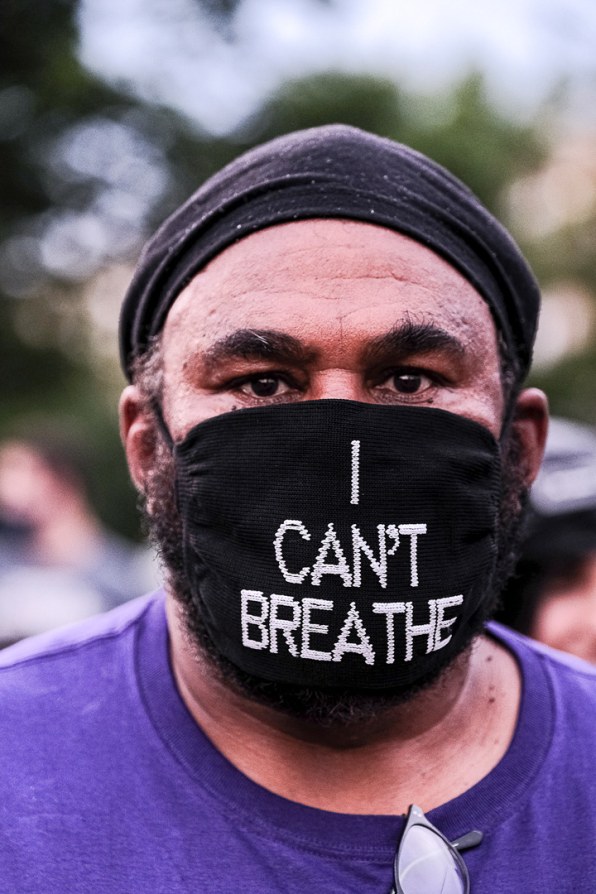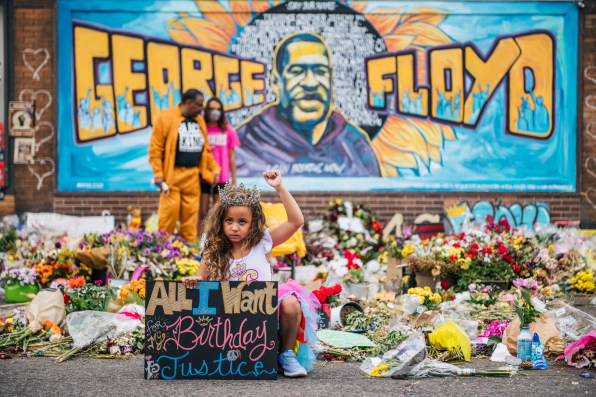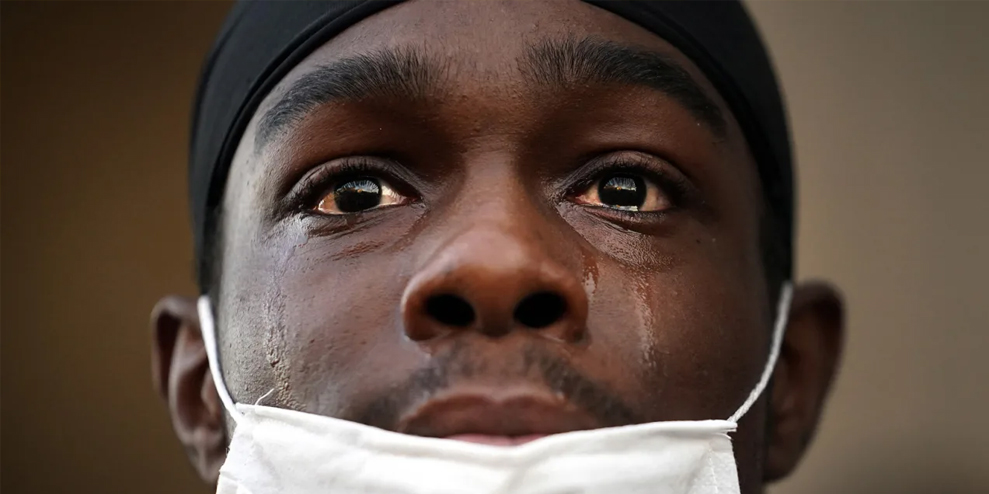The Black Lives Matter movement was not new in 2020, but it was the year it took over the nation and reached across the world. The death of George Floyd at the hands of Minneapolis police on May 25 spurred protest not only in that city but all around the U.S., and those protests continued for days, and then weeks. When the death of Breonna Taylor gained nationwide attention—she was killed in may by Louisville police who raided her home, but the case didn’t become a national story until March—it became yet another reason for people to keep taking to the streets.

The pandemic also added a new challenge for photographers in covering the protests safely. Before the protests began, Getty noticed the toll the pandemic took on photojournalists who couldn’t travel and who faced the added obstacles of intense safety protocols. (In April, Getty announced $40,000 in grants to support photographers as they captured the impact of COVID-19 with those added hurdles.)

Still, the pandemic wasn’t enough to stop the millions of protestors and the photographers who captured their actions. After people had been shut in for months, the images of crowded streets and entire sports teams kneeling for Black lives showed how people were coming together in times of strife to demand justice. Images of Black Lives Matter murals painted on streets gave another image, besides empty roads and storefronts, of the way cities were changing this year.Photographs of monuments covered in graffiti or toppled by protestors highlighted the systemic issues in this country that harm Black lives. Images of people in masks—whether disposable ones or ones that read “I can’t breathe” across them—exposed the fault lines of both racial inequities and healthcare disparities.

